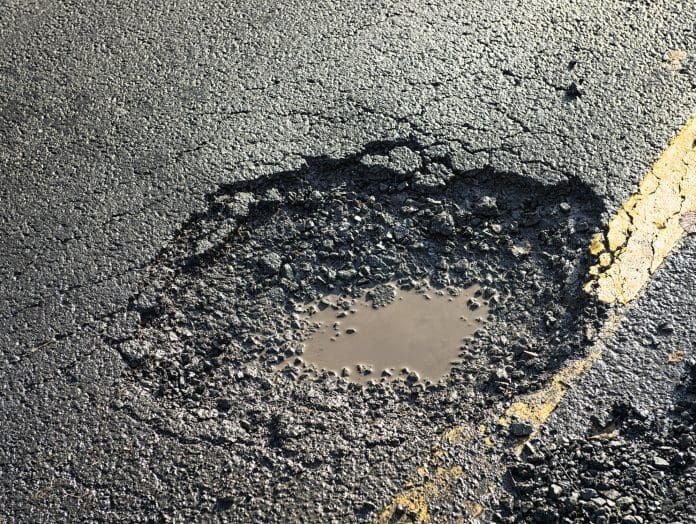With £8.3bn in HS2 funding to be redirected towards resolving the pothole crisis, there are calls for an accompanying long-term strategy
After the Manchester leg of HS2 was cancelled earlier this month, a government report on Network North has revealed that a quarter of the £36bn saved will be allocated to pothole funding.
The AA found that between April 2018 to June 2021, there were over 1.5m potholes on local roads reported to 51 UK councils. As these figures did not include motorways or major roads, it is likely the number of potholes across the UK is significantly higher.
A long-term maintenance roadmap solution is needed
Dave Sanders, head of technical sales Wrekin Products, has called for more support and guidance in addition to the increased funding allocation, to ensure the money is not wasted.
Dave said: “Unless there is a real push for long-term pothole repair solutions instead of quick fixes, then we will not be able to solve the pothole crisis – no matter how much budget is allocated. We’re seeing a growing number of local authorities unhappy with the approach of patch repairing already subpar pothole repair works, but this is happening far too often.”
Understanding repair options means the pothole funding will be applied in the most effective way
He believes that more guidance surrounding how potholes are formed and the innovative solutions available will allow more local authorities to address the root causes properly.
Dave continued: “Other underlying causes of potholes include road ironwork failures and this needs to be addressed. Potholes will form when weaknesses exist in the road surface, potentially from surfacing joints, remedial works, or the use of poor-quality materials.
“Fitting a piece of ironwork in a road can create a potential weakness, as well as the cuts in the road needed to remove ironwork. Replacement or repair of ironwork also poses an increased risk.
“Selecting robust systems with the correct, appropriate materials can reduce the potential for surface weakness. Durable ironwork that is sympathetic to its bedding materials and surrounding environment is key to preventing potholes.”









![[VIDEO] Behind-the-scenes video of M25 orbital bridge demolition released Tru7 Group has released footage of the M25 orbital bridge demolition, which reopened eight hours ahead of schedule](https://www.pbctoday.co.uk/news/wp-content/uploads/2024/03/image-from-tru7-video-218x150.png)







